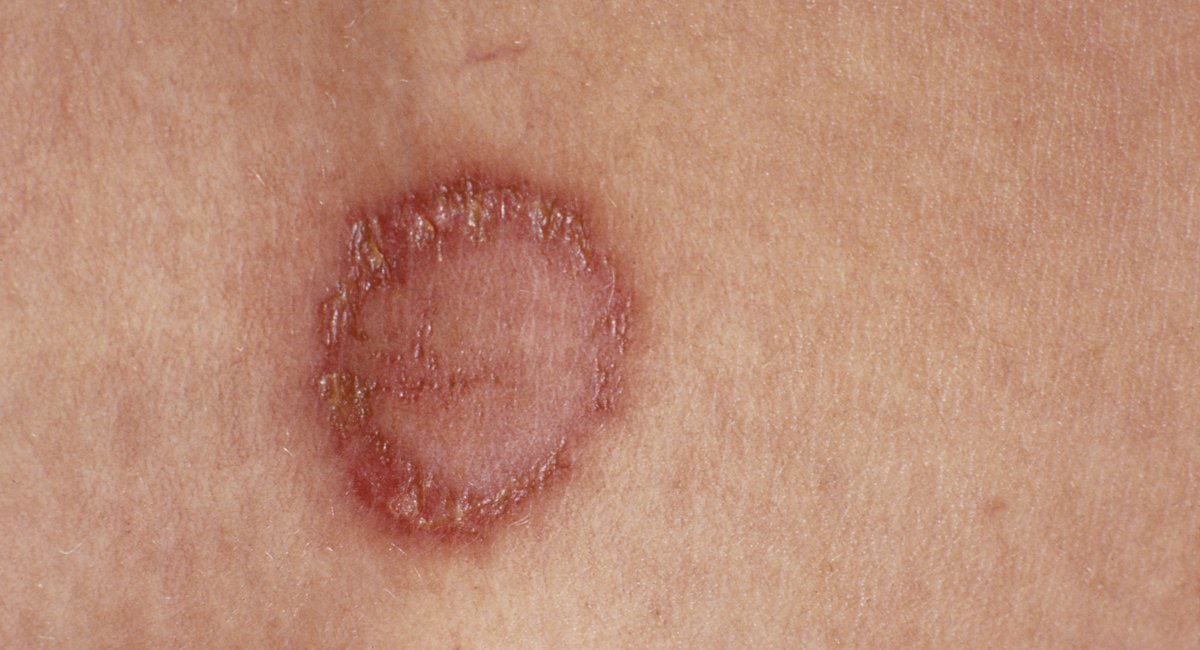New York and federal health officials have issued a warning about two cases of a drug-resistant, highly contagious skin infection in New York City.
The new report, published late last week by the Centers for Disease Control and Prevention, linked two local cases of ringworm rash to an aggressive strain of a fungus named Trichophyton indotineae. This species is common in South Asia, and it’s a type of fungus known as a dermatophyte mold, meaning it needs protein in the skin to grow.
But one of the NYC cases could not be tied to overseas travel, suggesting the germ is spreading locally in the U.S. Despite being resistant to first-choice drugs, this fungal strain is still treatable with other medications.
Dr. Avrom Caplan, a dermatologist at NYU Langone Health, alerted public health officials in February of the two patients, whose conditions did not improve after receiving standard oral treatment. Both had severe cases of ringworm rash, which spreads easily through skin-to-skin contact. Caplan treated one of the patients at Langone and co-authored the CDC report.
He said the rashes on this patient were more inflamed than the average case of ringworm. Oral medications also failed to alleviate her symptoms.
“We’ve been alerted to this infection by our colleagues in India and elsewhere over the past number of years,” Caplan said. “This particular patient had many of the features that they have been reporting.”
Genomic sequencing a month later revealed both women had contracted an infection caused by the fungus Trichophyton indotineae independently of one another. The ringworm rashes caused by this species are often inflamed and itchy. They typically spread on the face, body, thighs and pubic area.
The first of the two cases began in the summer of 2021, when a 28-year-old pregnant woman developed widespread rashes. After giving birth in January 2022 and being prescribed antifungal medication, her rashes persisted. She had had no recent international travel.
The second…
Read the full article here

Leave a Reply